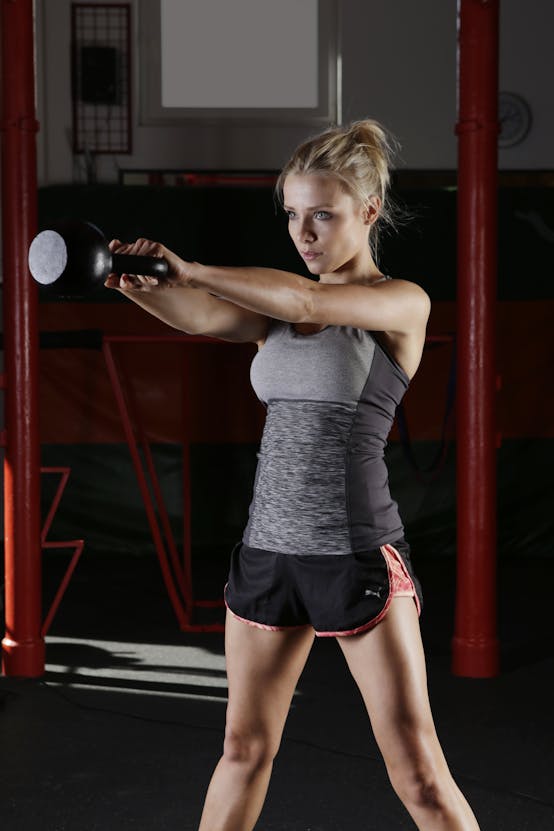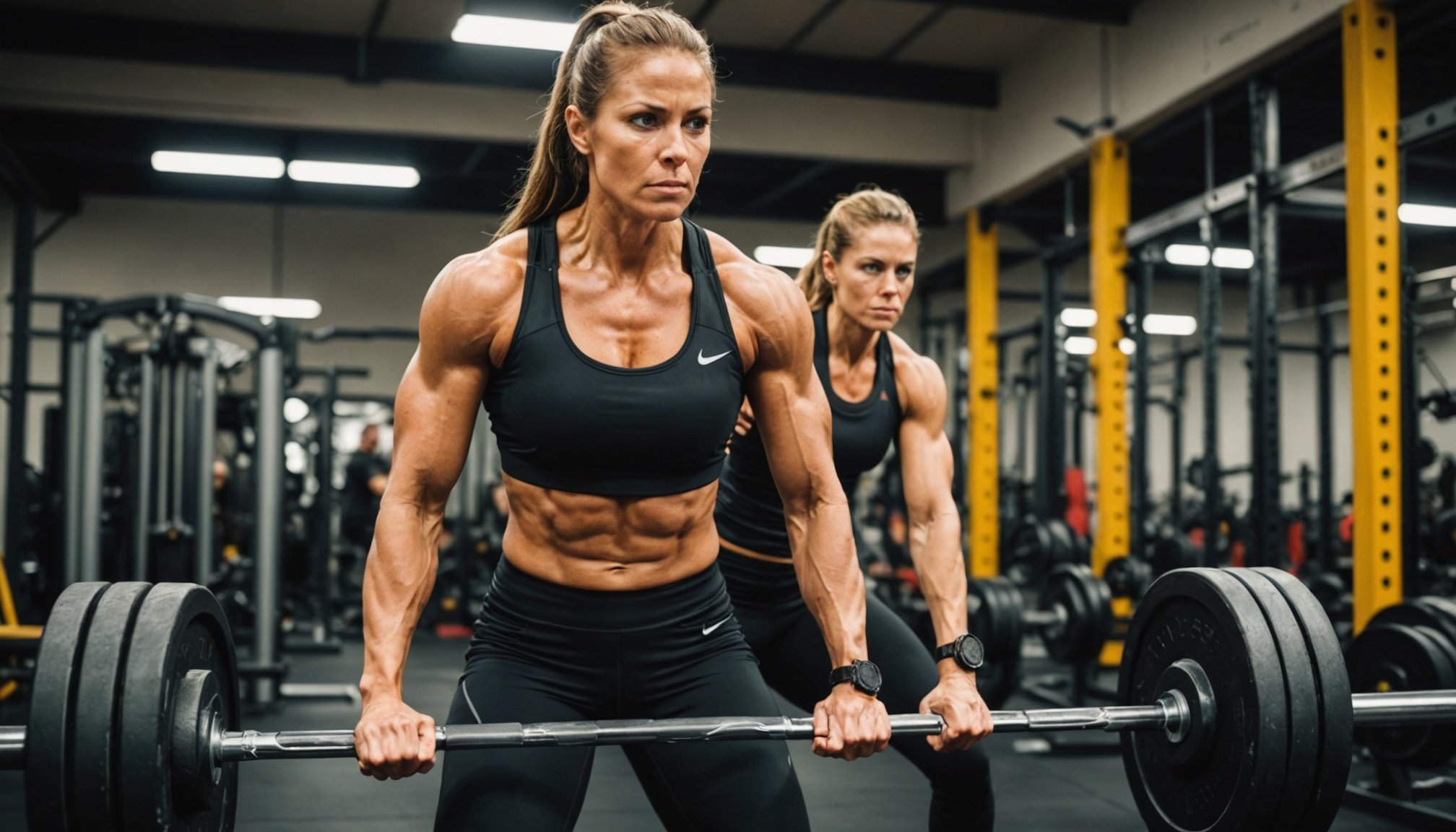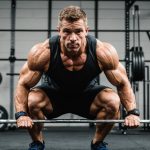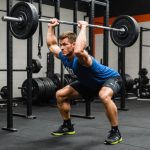When it comes to physical fitness and health, the traditional models of exercise and training routines are often seen as one-size-fits-all. However, an increasing number of scholars and fitness experts agree that’s far from the truth. Indeed, the bodies of women and men respond differently to exercise, and as such, require unique approaches to muscle building. Today, we’ll explore how women can tailor their workout regimes to suit their specific needs, harnessing the power of various types of exercises, protein intake, and daily physical activity to optimize muscle growth and overall health. The guide will use findings from various studies, including those published on PubMed.
Understanding the Female Body and Exercise
Do you ever wonder why the bodies of female athletes often look different from those of their male counterparts, even when they’re engaged in the same sport or fitness routine? It’s because the female body responds differently to exercise compared to the male body. A study published on PubMed shows that women generally produce less testosterone than men, affecting the rate at which they build muscle. But this doesn’t mean women can’t gain muscle mass. It simply means their approach to muscle-building workouts should be different.
Have you seen this : How to utilize isometric holds to increase strength in sticking points during lifts?
The approach can be tailored to suit the varying hormone levels across the menstrual cycle. For instance, higher intensity training can be programmed during the follicular phase when estrogen levels are elevated. It’s worth noting that women’s muscles tend to be more resistant to fatigue than men’s, according to a study published in Medicine & Science in Sports & Exercise. This means they can benefit from longer sets or more repetitions of exercises.
Importance of Protein for Muscle-Building in Women
Just as men rely on protein to build muscle, so do women. Protein serves as the building block for muscles. Every time you work out, your muscles experience tiny tears. Protein in your diet helps repair these tears, leading to muscle growth. However, women often require less protein than men due to their lower body weight and muscle mass.
In the same genre : What are the mechanical impacts of drop sets versus pyramid sets on muscle fatigue?
A study featured on PubMed suggests women engaged in regular exercise should aim for about 1.2 to 2.0 grams of protein per kilogram of body weight per day. This protein can come from varied sources, including lean meats, fish, dairy products, and plant-based proteins like lentils and chickpeas.
Weight Training and Women’s Muscle Building
Weight training forms a critical part of any muscle-building routine. However, the approach women should take can differ from men’s. Many women fear they’ll become "too bulky" with weight training. But due to lower testosterone levels, women are less likely to bulk up as men do. Instead, they can achieve a toned and strong physique.
Women should focus on incorporating a variety of exercises targeting different muscle groups into their weight training routine. Multi-joint exercises, such as squats, deadlifts, and pull-ups, can be particularly beneficial. Remember, the key is in the execution, not the weight lifted. Aim for good form, proper technique, and consistent progress.
Tailoring Cardio for Muscle Growth
While weight training is fundamental for muscle growth, cardio shouldn’t be overlooked. Cardiovascular exercises are essential for overall fitness, and when done correctly, they can complement a muscle-building regime. But the type of cardio and its timing can significantly impact a woman’s muscle-building results.
High-intensity interval training (HIIT) is a highly effective form of cardio for women aiming to build muscle. It combines short, intense bursts of exercise with short rest periods. Studies have shown that HIIT can help preserve muscle mass while shedding fat.
Balancing Rest and Recovery
Rest is as important as the workout itself when it comes to muscle building. During rest, your body repairs the microscopic damage caused to muscle fibers during your workout, leading to growth and strengthening of the muscles. Women, like men, need to prioritize rest and recovery as part of their training routine.
Listening to your body is crucial when it comes to determining your recovery needs. Some women may need more time to recover between workouts than others. Factors such as age, fitness level, sleep quality, nutrition, and stress levels all play a role in recovery time.
Thus, it is evident that while there are similarities, women’s bodies require a different approach to muscle building than men’s. By understanding these differences and tailoring their workout routines accordingly, women can achieve their fitness goals more efficiently. And remember, the key to success in any exercise regime is consistency, patience, and a positive attitude. A strong, healthy body is not built in a day but over time with dedication and determination.
The Role of Body Type in Women’s Muscle Building
In the vast world of fitness, body types significantly impact how one should approach muscle building. Ectomorphs, endomorphs, and mesomorphs each have specific traits which can guide workout routines. Women’s body types, just like men’s, fall into these categories.
Ectomorphs are generally lean with a fast metabolism, making muscle gain more challenging, but not impossible. To build muscle, ectomorphs should focus more on weight training and less on cardio. Endomorphs, on the other hand, tend to carry more body fat and gain muscle quickly. A balanced routine of cardio and strength training would work well for endomorphs. Mesomorphs have a natural athletic build and can gain and lose weight relatively easily. As a mesomorph, a balanced routine, including both cardio and strength training, is recommended.
Renowned fitness experts often cite Victoria Secret models as classic ectomorphs. These models engage in specific workout routines that focus on toning rather than increasing muscle mass.
The Influence of Age on Women’s Muscle Building
As women age, hormonal changes can impact muscle building. After menopause, lower estrogen levels can lead to a loss of muscle mass and strength. However, physical activity, specifically strength training, can help counteract this.
According to a study cited on Google Scholar, postmenopausal women can benefit from strength training to maintain muscle mass and bone density. Regular resistance training can help offset the natural loss of muscle mass and strength associated with aging.
It’s never too late to start a workout routine. Even a simple day workout can provide significant benefits. Try starting with basic exercises like squats, lunges, and push-ups, and gradually add more complex movements as you get stronger. Remember to include a mix of cardio and strength training for overall health.
Conclusion
In conclusion, women’s journey to muscle building can be different and unique compared to men’s, thanks to various factors such as hormone levels, body type, age, and even the menstrual cycle. Tailoring workouts to suit these factors can lead to more effective results.
Whether you are an ectomorph like many of the Victoria Secret models or an endomorph, understanding your body type can help you design an effective workout routine. Age should not be a barrier to fitness. Even post-menopausal women can build muscle mass and strength through regular physical activity and resistance training. Above all, it is consistency and patience that will lead to long-term results.
As you embark on your fitness journey, remember the role of protein in muscle growth and the need to balance workouts with adequate rest and recovery. Always listen to your body and adjust your routine to meet its needs. It might take time to see results, but with dedication and determination, you can achieve your fitness goals. Stay strong, stay patient, and keep moving towards your goal. Here’s to your health and fitness!













